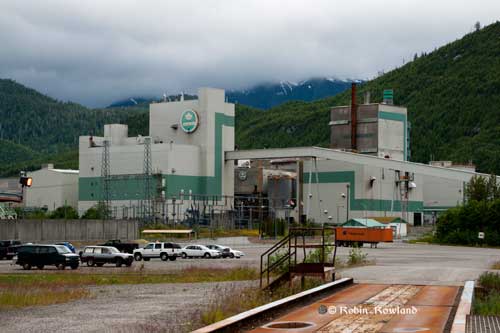Energy LNG Links
Post-earthquake Japan is said to be one of the main markets for liquified natural gas that will flow through the LNG terminals under construction and proposed for the port of Kitimat. Since the earthquake Japan has been making major purchases of LNG from both Qatar and Russia.
The Doha, Qatar-based, Gulf Times is reporting: Qatar LNG exports to Japan up
Qatar is about to overtake Indonesia as the third-largest exporter of liquefied natural gas to Japan, which has been increasing LNG imports to generate electricity to offset capacity lost due to the March 11 earthquake and tsunami.
Japan, the world largest LNG buyer, imported 870,072 metric tonnes of LNG from Qatar in July, up 53% on year, finance ministry data showed yesterday.
During the same month, Japan imported 731,557 tonnes of LNG from Indonesia, down 36% from a year earlier, the data showed.
In the first seven months of this year, Japan bought 5.64mn tonnes of LNG from Qatar and 6.33mn tonnes from Indonesia, up 28% and down 15% from a year earlier, respectively.
At the same time, the industry (subscription only) Petroleum Economist newsletter, is reporting that shortages from Qatar is causing concern in the UK natural gas market, Qatar LNG outage rattles UK gas market
UK gas prices jumped over 10% this week after the world’s largest liquefied natural gas (LNG) producer, Qatargas, said it would shut its facilities for rolling maintenance over the coming months. Last year, according to Cedigaz, the UK imported about 20% of the 93.8 billion cubic metres of gas it consumed in the form of LNG, making the country particularly vulnerable to global LNG supply issues.
Japan is still a heavy buyer of liquified natural gas in the spot market, the Platt’s newsletters report. Kyushu Electric secures four spot LNG cargoes over Oct-Nov
Japan’s Kyushu Electric has secured sufficient additional LNG requirements for autumn, with a total of around four spot LNG cargoes for October-November, a source close to the matter told Platts Tuesday.
Kyushu Electric’s additional LNG volumes this autumn could reach 240,000-260,000 mt, assuming that the purchased volumes are the standard 60,000-65,000 mt LNG cargoes, according to Platts calculations.

 The closed Eurocan plant in Kitimat, the day it was sold, July 14, 2011. (Robin Rowland/Northwest Coast Energy News)
The closed Eurocan plant in Kitimat, the day it was sold, July 14, 2011. (Robin Rowland/Northwest Coast Energy News)